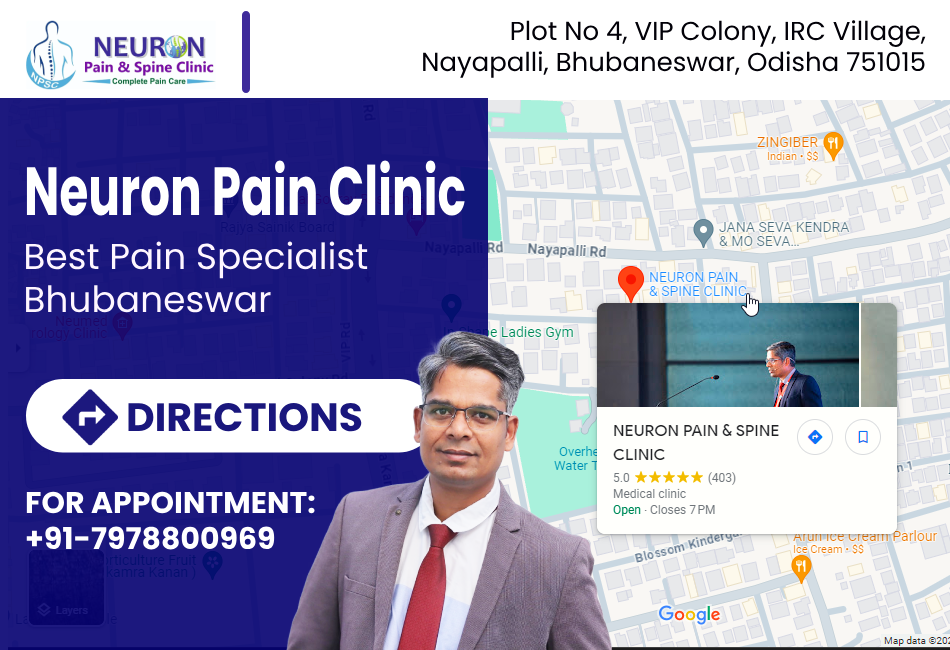Spondylosis is a degenerative condition of human spine and typically affects old age. However, this wear and tear in human spine can occur at early age when exposed to repeated loading, stress and strain of spine.
What happens in Spondylosis?
Human spine consists of bones known as vertebrae and intervertebral disc which act as shock-absorber. The spine bones articulate behind to form small joints called “facet joints”. In spondylosis. there occurs age-related wear and tear like bony growth or spurs in the form of osteophytes, arthritis of facet joints and degeneration of discs leading to reduction of disc height and small tears. (Add image). These changes can affect spine’s movement, and/or impinge the nerves leading to manifestation of pain or other symptoms. Spondylosis is basically a radiological diagnosis done by X-ray, CT scan and even MRI scan of spine.
Manifestation of Spondylosis
- Decrease in range of movement of spine
- Pain in back (neck, thoracic spine or lumbar spine) during extreme movements
- Pain on prolonged sitting, standing or movement and activities
- Pain in back and radiation of pain to one or both sides of leg if spondylosis is associated with slipped disc leading to sciatica like symptoms
- Sometimes, there may not be much symptoms despite X-ray or MRI showing spondylosis changes
Progression of Spondylosis
Spondylosis may remain static or progress further into disc herniation or prolapse and further degeneration of spine if subjected to stress, strain and repeated injury.
Prevention
- Weight reduction
- Regular exercise
- Posture care
- Proper ergonomics
- Quitting smoking
- Spine or core strengthening exercise
- Good nutrition including diet rich in calcium, vitamin D3 and antioxidants
- Sun exposure in morning
Treatment
Many patients get frightened that they have developed spondylosis. But it may not be spondylosis related back or neck pain. Most important is adopting and following the “prevention” or “modifiable risk factors” mentioned above.
Physiotherapy, stretching and strengthening exercise helps majority of patients.
In patients who are refractory to medications, and physiotherapy etc, interventional procedures like facet joint injection or radiofrequency ablation, muscle prolotherapy help.

